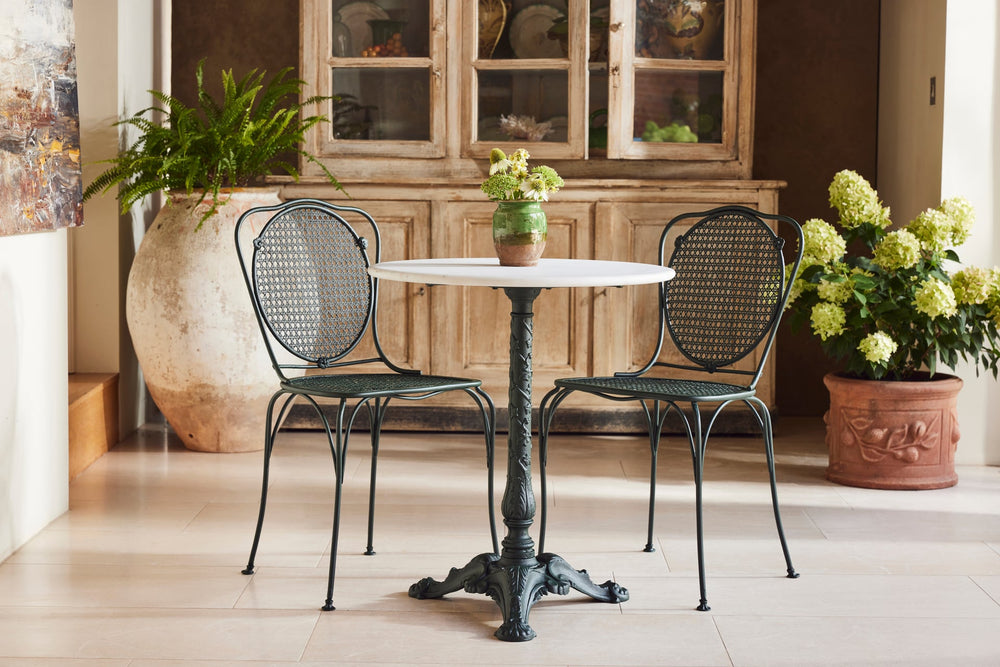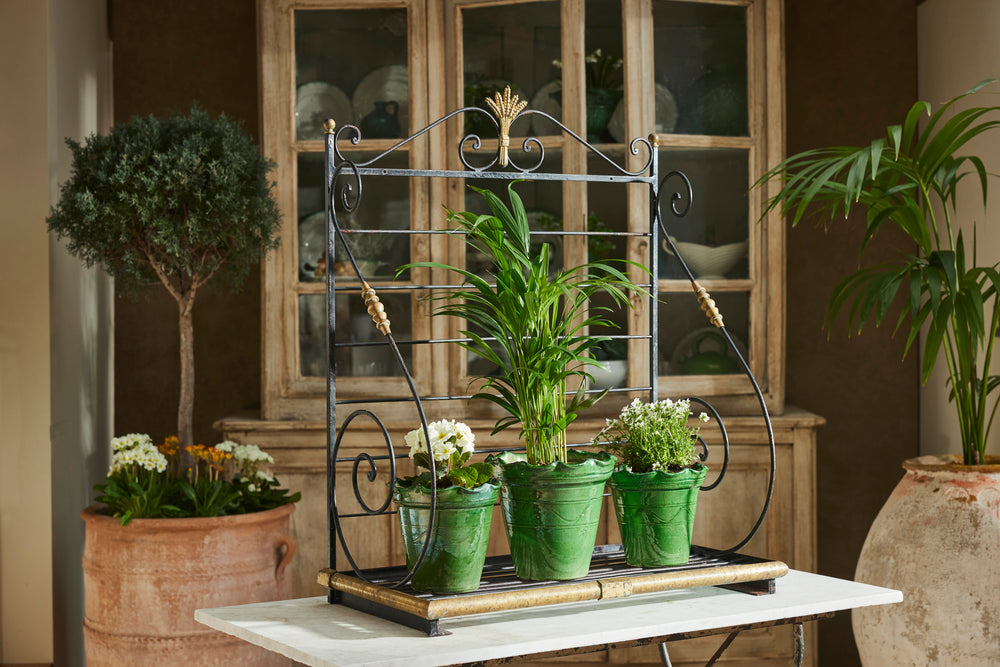As with any investment, you want to protect it - this is no different with garden antiques. To ensure you preserve the past beauty of your items for future generations, read on to discover how you can protect your garden antique.

For metal garden furniture, ornaments and urns, these were intended for outdoor use and are one of the few areas within the antique sector where it is acceptable to paint the original to protect from deterioration. Patina created from years of weathering can also be very attractive. Therefore, overpainting areas with patina will destroy years of history-should be avoided if possible.

In regards to French Garden Antiques, it’s also crucial to note that the humidity in the UK is greater than that in France thus the rate of corrosion will increase and the attractive patina is lost to the rust. Therefore, sometimes a full restoration is required to extend the useful life of an item. This would include removing all the old paint, carrying out repairs and re-applying modern anti-corrosive coatings. Preservation to protect the patina would include the application of clear penetrating oils, consolidators or lacquers designed not to alter the appearance of the piece.

Alongside metal antiques, stone, terracotta & lead antiques will also need protection. Most objects designed for exterior use will either be naturally robust or protected from the elements with paints and sealers. There will always be occasional maintenance required.
It’s also important to note that repairs do not necessarily reduce the price of a piece if carried out professionally. Blacksmiths should be used for wrought iron repair, foundries for cast iron repairs and stone masons for stone repairs. There are also repair companies specialising in the repair of terracotta, Coade Stone and lead. Using a specialist is key to preserving value.
We hope you have found this guide to protecting your garden antiques informative. After all, treating your investments with care is the key to their long life.










































